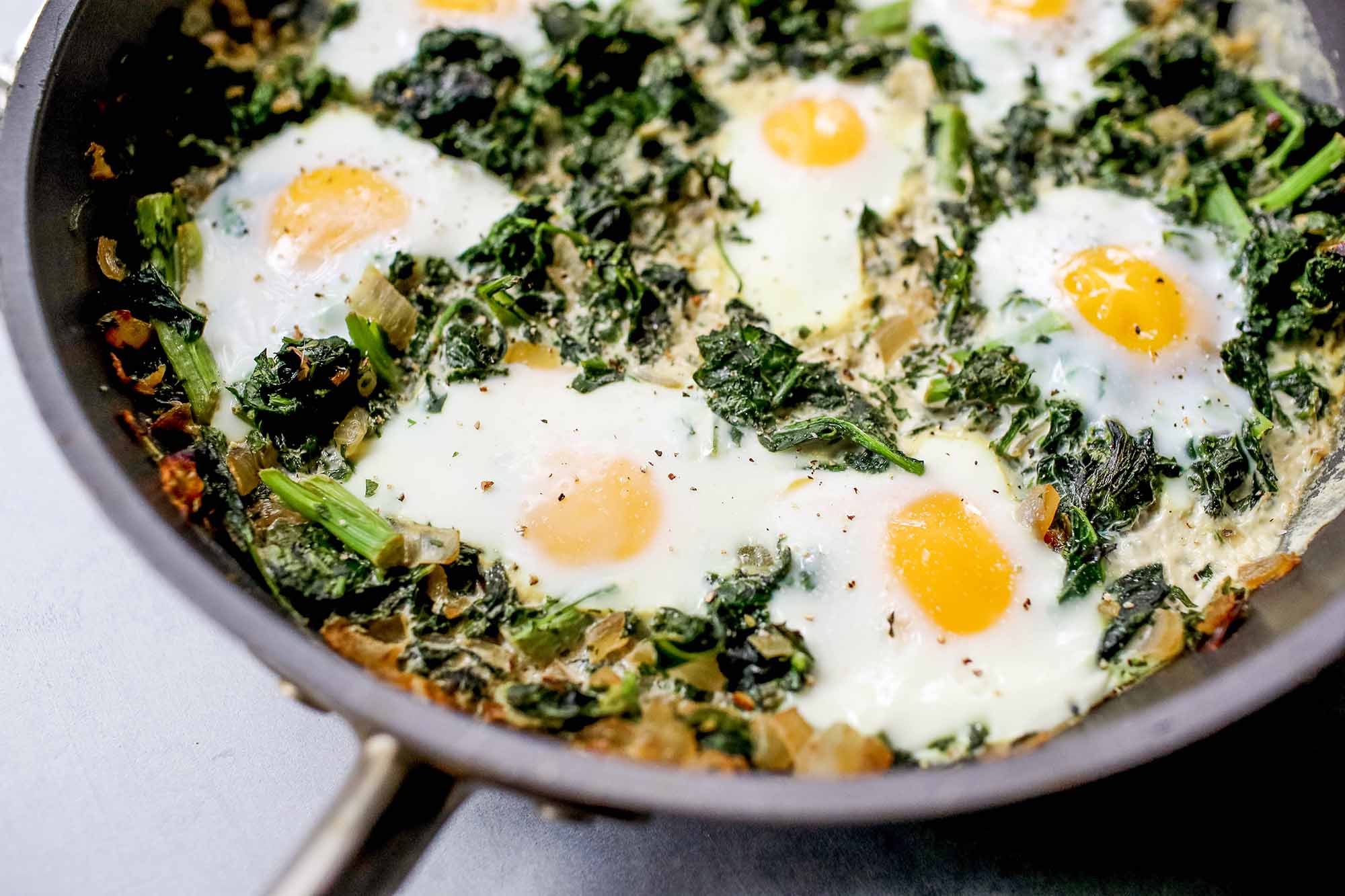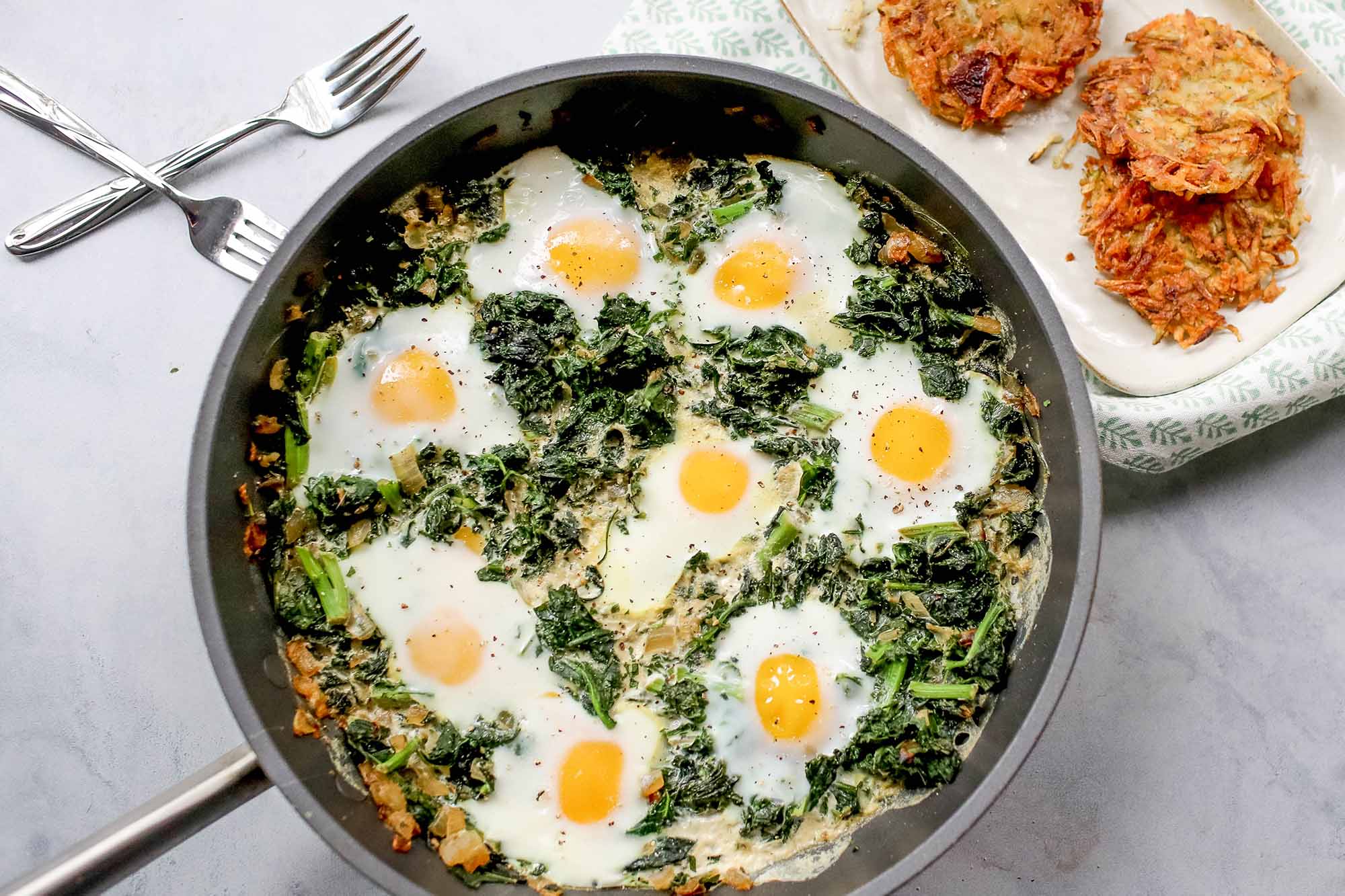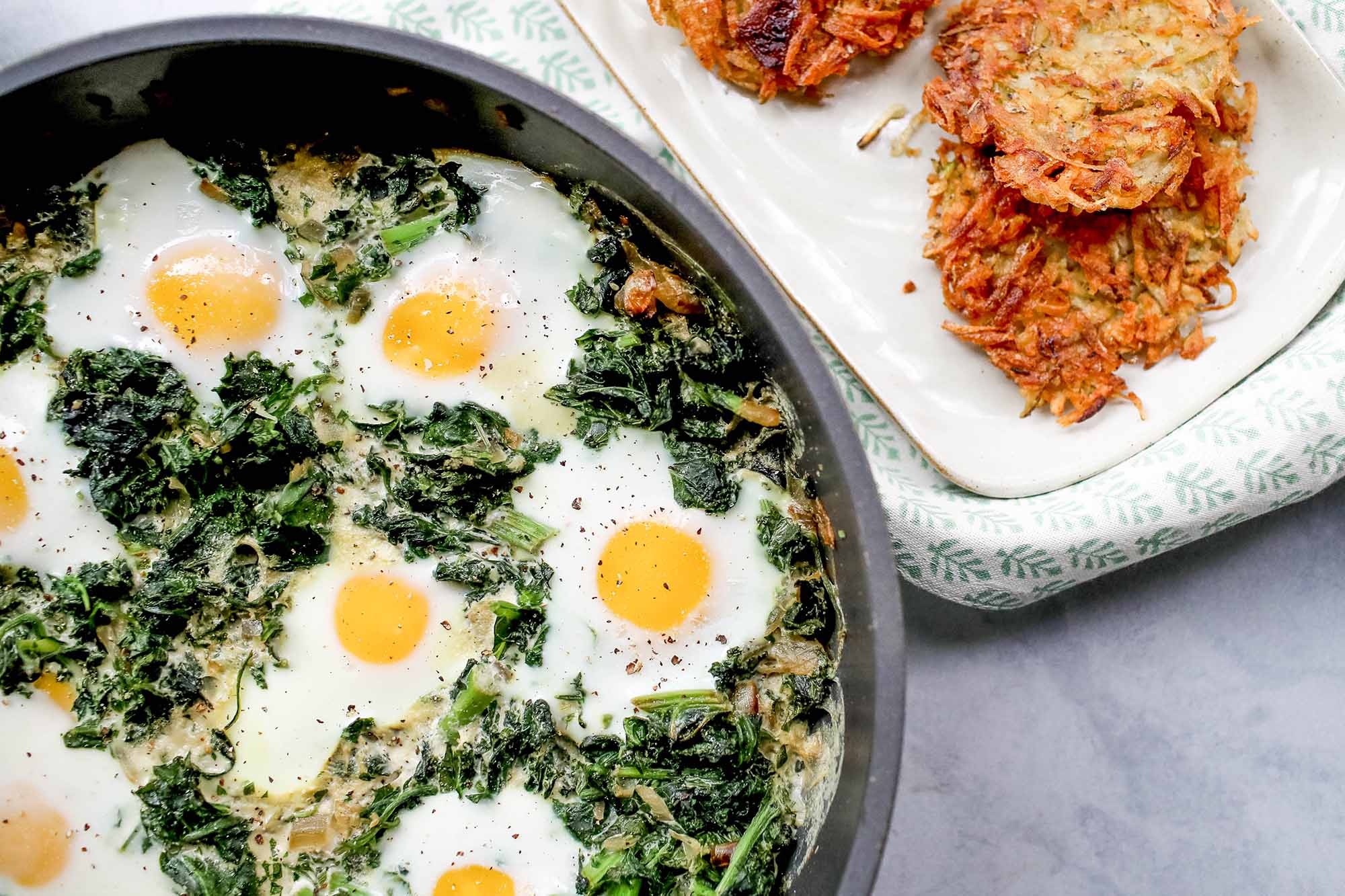If there’s a certain demographic living in your home of, say, age 10 or under, you may laugh when I tell you that the term sababa, the name of the latest cookbook from Adeena Sussman, colloquially translates as “Everything is awesome.”
In my house, this phrase cues The Lego Movie theme song.
In Sussman’s cookbook, it’s a reflection of life in Israel. She says the phrase, a bit of Hebrew borrowed from Arabic slang, “has come to define a state of being, where everything is cool as can be.”
EVERYTHING IS AWESOME!
Sussman is a U.S. expat living in Tel Aviv within easy walking distance of Shuk HaCarmel, commonly referred to as the shuk. Resplendent with fruits, veggies, spices, herbs, meats, fish, olives and more, it’s the kind of open-air market that most of us can only dream of.
The market is the pulse of her daily life, the natural inspiration for this imaginative cookbook full of Israeli food. Sussman transports you to the tastes, sights, and smells of this vibrant market, where seasonality is the ultimate but perhaps most intangible currency. I only wish I were actually there.
That’s the beauty of cookbooks: they can take you to another world. You might not be about to get on a flight to Tel Aviv, but that’s okay. You don’t need the shuk in order to make the recipes in this cookbook.
In the spirit of the fresh and seasonal cooking that permeates this book, it might behoove you to consider your own seasons where you live before you start cooking, but you certainly don’t have to! You can find most of these ingredients in your local supermarket, online, or if you happen to be lucky enough to live near a Middle Eastern grocer (which I am!)

What’s Awesome About Sababa
My copy of this cookbook is littered with Post-its across the tops and sides, tagged and flagged for future cooking.
Start the day with a tahini smoothie, with banana, dates, tahini, some nuts, and berries. Are you as obsessed with za’atar as I am? Then you’ll want to tackle the za’atar flatbreads. Sussman provides her custom recipe for this popular spice blend, comprised of thyme, oregano, sumac, marjoram, sesame seeds, ground sumac, and sea salt. (Za’atar also refers to the herb of the same name—which is not as commonly found as the spice blend.) Lemony Cauliflower over Labaneh (homemade yogurt), is a celebration of textures and flavors—crispy, cool, creamy, and more.
There are specialty breads, spreads, salads, and so many delicious things that you’ll want to make right away. I only wish it were summer; I’d be making the Toasted Challah Caprese Salad with Za’atar Vinaigrette. (I can’t justify making this recipe with winter tomatoes; it seems like an affront.)
There’s also kugel, tabbouleh, haloumi, recipes with roasted grapes, and the most gorgeous looking jeweled rice, studded with barberries (or dried cranberries) and a healthy showering of chopped dill.
What is Shakshuka?
The dish I selected to share with you is a variation on a well-known Middle Eastern dish called shakshuka, which is typically made with tomatoes and therefore is not green. (
Here, you cook down a ton of greens and herbs with some onions, garlic and dried herbs and spices, add a little half and half, and then cook the eggs right in the pan. Scoop it out and serve with the crispy latkes.

Q & A with Adeena Sussman
This cookbook is a love letter to the shuk—something I think a lot of people can relate to, even if they aren’t living in Tel Aviv. (I feel this way about my local farmers’ market, which is an organizing principle of my life). Tell me what you wanted to convey to people about your experience with it?
I want people to feel the same magic that I feel when I walk into the Carmel market every morning. A renewed sense of adventure dovetailing with the familiarity you can only achieve by being a regular visitor. I love sharing how I made the market a part of my community by essentially moving in (this is only partially a joke since I live a block away!), asking a lot of respectful and genuinely curious questions, and also just standing back and observing how my favorite vendors talk to customers, gleaning local tidbits, and learning from them.
The Carmel market is also such a multicultural place and it’s really a reflection of Israel’s vast and rich collection of ethnic and religious, immigrant-driven traditions. There are Arabs and Jews working there, and religious and nonreligious people, and Eritreans and Sudanese and people from Thailand and the Philippines. It’s really a microcosm of what the real Israel looks like today.
Not all of us have access to the shuk and its bounty, but we have the Internet and international ingredients are more widely available. So let’s talk ingredients. What’s the most underrated but easily accessible ingredient you need to buy for this book?
Date syrup, also known as Silan. It’s made from Medjool dates and has a rich sweetness with slight hints of caramel and even molasses (minus the sulfur). Drizzle on ice cream with tahini! Shake with pomegranate molasses into one of my best vinaigrettes (and there are many!). Infuse it with warm spices like clove, black pepper, and cinnamon before shaking with bourbon into a Middle Eastern Old Fashioned.
Did you fall in love with any new ingredients, or fall back into love with any specific old favorites?
I am completely besotted with Persian limes, which are dried limes (or lemons) that have the distinct funk of fermentation and add so much depth tang and intrigue to any dish that they touch. They can be used whole in stews, but I particularly like them ground up into a powder (a product you can also find online) which I use as the base of a spice dry rub and cure on chicken wings that I oven roast and glaze with pomegranate molasses. They are so friggin’ delicious!

What would surprise people about Israeli cuisine?
What’s so surprising about the culture of Israeli cuisine is premium placed on freshness, a social contract Israelis happily participate in. Whether you are eating out at a corner breakfast shop or eating out a fine dining meal, if something isn’t at its peak of freshness it’s just not served, from raw ingredients like produce or local olive oil and the staggering array of fresh cheeses. Not to mention the breads, which are just incredibly good across the board. It’s a case of the elements definitely adding up to something that’s greater than the parts themselves.
What became your most used kitchen utensil or tool during the testing of recipes for this book?
My countertop manually operated citrus juicer is definitely a utensil that I absolutely cannot live without. I go through lemons, limes, grapefruits, oranges, clementines—you name it—with abandon, and they’re a huge part of the Sababa cooking experience, from lemony vinaigrettes and preserved lemons to the limes, clementines, and oranges I use in many of my cocktails and desserts. It’s a professional-grade model manufactured on a kibbutz in Israel that is used by all the juice stands and Tel Aviv looks great on the counter. It’s super cool and interactive and people are magnetically drawn to it and want to start cutting and juicing citrus themselves. It helps me bring people into my cooking and entertaining process and makes them feel instantly at home in my kitchen—recruiting people to help is the best entertaining tip there is!
Do you have a favorite recipe (or three) from this book, ones you’re still making?
How dare you ask me to choose between all of my children! We’ve got the Tahini Blondies going on repeat virtually every other day in my house; they disappear before I can get them out of the pan. The sheet pan roasted cherry tomatoes are a staple that we can’t live without; they get used as a topping on labaneh yogurt or hummus; stirred into the pappardelle pasta with labaneh cream sauce; and eaten straight off the baking sheet with a spoon.
Is there a recipe in here you couldn’t bear to cut, but you don’t know that it’ll be the most popular one?
I would say that my Amba Tofu Curry is a bit of an outlier. Replacing curry paste with amba—a savory fermented mango sauce that made its way to Israel via Iraqi Jews who had lived in India—is a bit controversial. And obviously tofu and okra aren’t everyone’s jam. I absolutely love the way the flavors come together and I love a good vegetarian dinner… it’s possible that that may not win any “most popular” awards. But I love it so!
MORE MIDDLE EASTERN FAVORITES
Source link